AUG 2022. Blues Vol 38 No. 8.
- Text
- Michael barron
- Rex evans
- Help wanted
- Police positions
- Aftermath
- War stories
- Sante fe
- Blues police
- Wwwbluespdmagcom
- Uvalde
- Proforce
- Blues
need to go in there,”
need to go in there,” Williams said at 11:56 a.m., according to footage captured by his body camera. An officer in the hallway responded to Williams that “whoever was in charge would figure that out,” the report said. INADEQUATE SCHOOL SAFETY Robb Elementary School, on its face, had all the pieces in place to slow an intruder. The school is encircled by a 5-foot fence. It has an emergency management alert system and school policies for faculty and staff to keep exterior and interior doors locked at all times. But a culture of complacency weakened these safeguards. Multiple witnesses told the committee that employees often left doors unlocked, while teachers would use rocks, wedges and magnets to prop open interior and exterior doors. This was partly because of a shortage of keys. “In fact, the school actually suggested circumventing the locks as a solution for the convenience of substitute teachers and others who lacked their own keys,” the report said. In March, the teacher in Room 111, through which investigators believe the shooter entered during the massacre, reported to school administrators that his classroom door “was not always locking.” The head custodian testified he never heard of any problems with that door, and maintenance records during the school year do not contain any work orders for it. The teacher, Arnulfo Reyes, was shot twice in the shooting but survived. Ultimately, the shooter was able to easily scale the fence and enter the school through a series of unlocked doors. “Had school personnel locked the doors as the school’s policy required, that could have slowed his progress for a few precious minutes — long enough to receive alerts, hide children, and lock doors,” the report found. The question of locked doors came into play again when law enforcement arrived and assumed they couldn’t break down the doors of the classroom to reach the gunman. They would fumble for several minutes in search of a key, and other equipment to break down the door, that is now believed to have been unlocked the entire time. The search for the unnecessary key was complicated by the fact that the school, which first opened in 1955, had different sets of master keys for different doors. Lt. Mike Hernandez of the district police department said he typically carried 50 keys to various campus buildings, though sometimes he had to jiggle them to turn locks. On other occasions, staff changed locks without his knowledge. During the shooting, other officers attempted without success to use Hernandez’s set to find a suitable master key for the wing of the school where the shooter was. Additionally, some faculty and staff did not initially take the intruder alert seriously because they were desensitized to the alert system, which often was triggered by frequent immigration-related police pursuits. Uvalde is about 50 miles east of the border with Mexico and sits at the intersection of major highways from the border cities of Del Rio and Eagle Pass. Police described a recent increase in “bailouts,” when officers chase a vehicle containing suspected undocumented migrants, who then purposely crash and scatter to avoid apprehension. School district officials told the committee there had been 47 “secure” or “lockdown” events since February 2022. Around 90% of those had been because of bailouts. There has never been an incident of school violence related to the bailouts. “The series of bailout-related alerts led teachers and administrators to respond to all alerts with less urgency—when they heard the sound of an alert, many assumed that it was another bailout,” the report states. Even when there were alerts, it wasn’t certain that everyone would receive them. The emergency management alert system operates by sending out warnings online to teachers and faculty — and many access it through a smartphone app. But not all teachers received the alert about the gunman immediately, thanks in part to a poor wireless internet signal that made it difficult to send out the alert and the fact that many teachers didn’t have their phones or had them off at the moment they received it. Principal Mandy Gutierrez never attempted to communicate the lockdown over the school’s intercom system. MISSED WARNINGS SIGNS The gunman, Salvador Ramos, displayed signs he was unstable and possibly planning a violent attack, yet none of these warning signs reached authorities. A year before the massacre, he had earned the nickname “school shooter” on social media platforms because of violent threats he would make against other users. With few, if any, friends and a strained relationship with his parents, the report describes him as a high school dropout and social outcast who eventually concluded that spectacular violence could bring him “notoriety and fame.” Online, the committee found, he became interested in gore and violent sex, sometimes sharing videos and images of suicides and beheadings. His internet search history suggested he questioned whether he was a sociopath. In real life, he was fired from two fast-food jobs. At Whataburger, he harassed a female employee and at Wendy’s he would not talk with any co-workers, except one occasion when he attempted to start a conversation about guns. In the final months of his life, he was determined to acquire guns, a desire the report says family and friends were aware of. Because he lived with his grandmother and had no expenses, he was able to use his money for this effort. While he was still 17, the shooter asked at least two people to purchase guns for him, but they refused. Instead, he focused on purchasing accessories, including a gun sight, rifle sling and body armor carrier. He turned 18, the legal age to buy guns in Texas, on May 16. Over the course of the next week, he READ THE ENTIRE REPORT HERE spent more than ,000 on two AR-15-style rifles from an online retailer, which shipped the weapons to an Uvalde gun shop. Because he had no license and did not know how to drive, an uncle transported him to the gun store twice. His uncle said the first time he didn’t know he was going to pick up a rifle, since the store is also a popular restaurant in town and his nephew said he was hungry. But he returned with a narrow box and no food. The owner of the gun store, Oasis Outback, remembered him and described him to investigators as an “average customer with no ‘red flags.’” Other store patrons told the FBI they thought he was “very nervous looking” and “appeared odd and looked like one of those school shooters.” The report details no attempt by anyone who interacted with the gunman to alert authorities about his troubling behavior. UNDERMINING TRUST In the days after the shooting, state officials unnecessarily undermined public trust in the 38 The BLUES The BLUES 39
- Page 1 and 2: The BLUES 1
- Page 4: FOUNDED IN 1984 OUR TEAM MICHAEL BA
- Page 8: FROM THE GUEST EDITOR’S DESK CONG
- Page 12: READERS SPEAK OUT Suicide in Americ
- Page 16: AROUND THE COUNTRY Four Heroes Down
- Page 20: AROUND THE COUNTRY EDMOND OFFICER K
- Page 24: AROUND THE COUNTRY CLARK COUNTY OHI
- Page 28: AROUND THE COUNTRY MISSOURI CITY, T
- Page 32: AROUND THE COUNTRY SMITH COUNTY, TE
- Page 36: stepped up to the task. “These lo
- Page 42: AROUND THE COUNTRY “WE STOPPED LO
- Page 46: cousin Eli.” “We don’t know w
- Page 50: A True Passion for Service Sheriff
- Page 54: Sheriff Cook’s commitment to serv
- Page 58: AUGUST 7-10 WPLF Summer Training Co
- Page 62: What to Do This Summer? Head Down t
- Page 66: Head Down to Galveston Island TRAIN
- Page 70: HONORING OUR FALLEN HEROES POLICE O
- Page 74: HONORING OUR FALLEN HEROES POLICE O
- Page 78: HONORING OUR FALLEN HEROES PATROLMA
- Page 82: woman in a night gown says, “than
- Page 86: THE OPEN ROAD by Michael Barron For
- Page 90:
DARYL LOTT daryl’s deliberations
- Page 94:
HOUSTON POLICE OFFICERS UNION from
- Page 98:
HONORING FALLEN HEREOS “Honoring
- Page 102:
ADS BACK IN THE DAY 102 The BLUES T
- Page 106:
THERE ARE NO WORDS parting shots...
- Page 110:
The time is NOW to upgrade schools
- Page 114:
Starting in 2003, Cop Stop Inc. Ope
- Page 118:
Key Management & Key Control Produc
- Page 122:
PLANET FORD IN SPRING, 20403 I45 NO
- Page 126:
4807 KIRBY DRIVE • HOUSTON, TEXAS
- Page 130:
Cottonwood Shores Police Department
- Page 134:
EMPLOYMENT BENEFITS • Paid Vacati
- Page 138:
Requirements Be eligible for certif
- Page 142:
DEER PARK POLICE DEPARTMENT Forney
- Page 146:
LATERAL DEPUTY 144 The BLUES The BL
- Page 150:
148 The BLUES The BLUES 149
- Page 154:
The Memorial Villages Police Depart
- Page 158:
MAKE A DIFFERENCE IN YOUR COMMUNITY
- Page 162:
172 The BLUES The BLUES 173
- Page 166:
STARTING SALARY A
Inappropriate
Loading...
Mail this publication
Loading...
Embed
Loading...

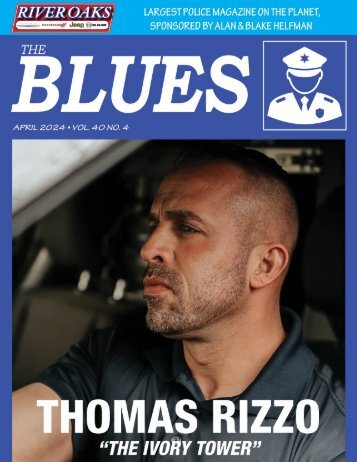
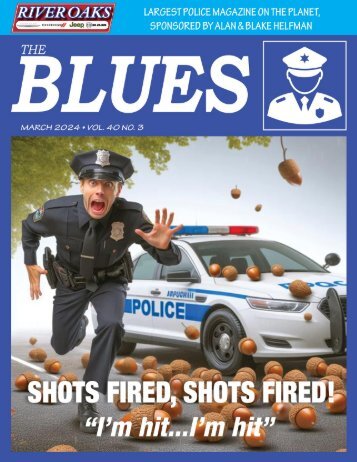

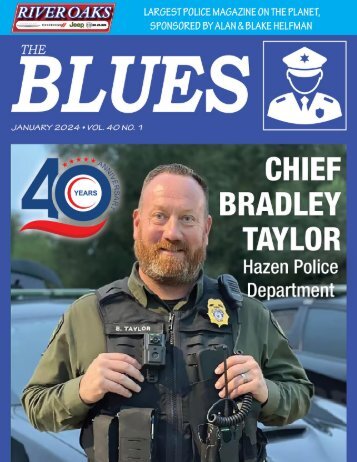
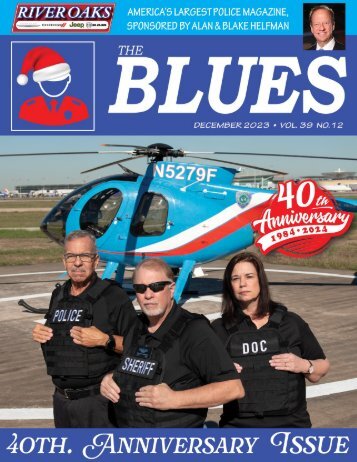
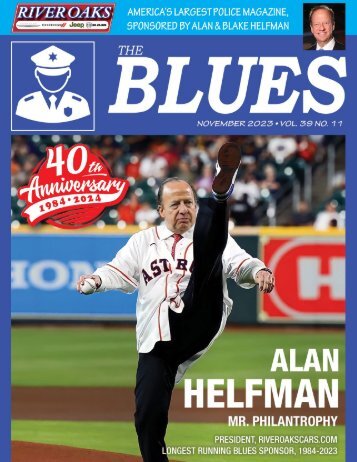

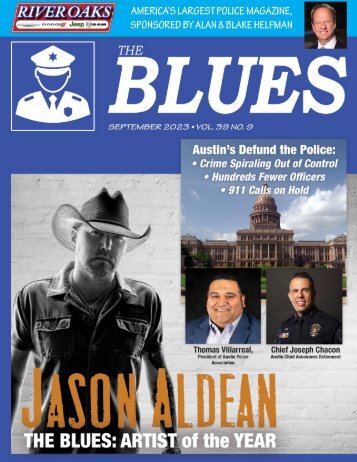
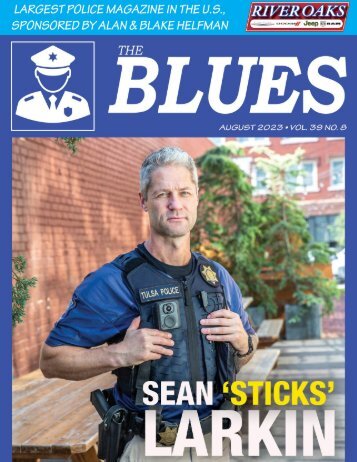
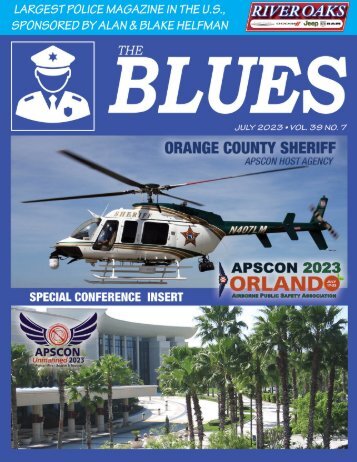
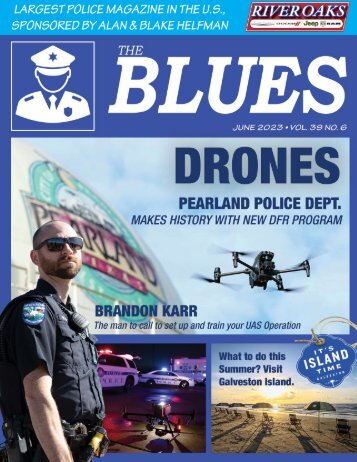
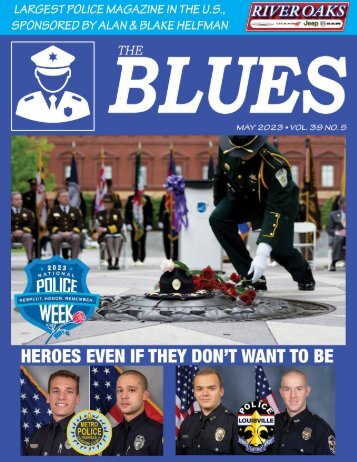
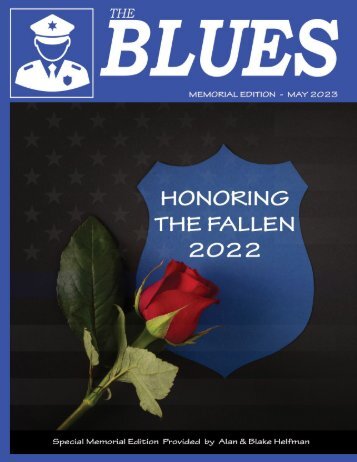
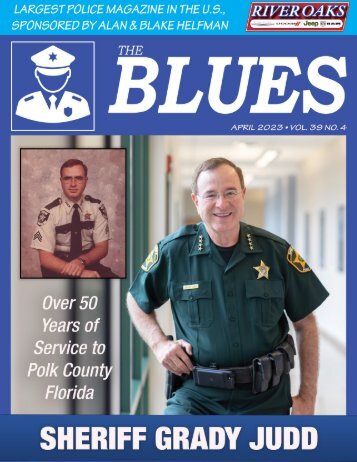
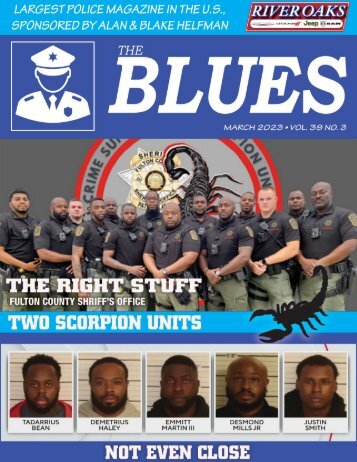
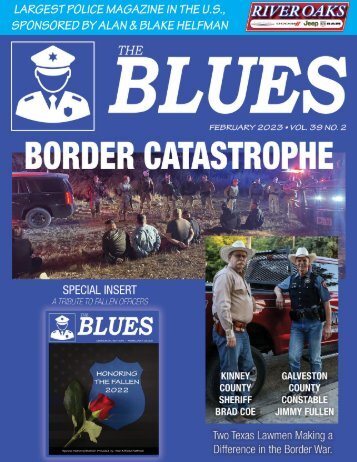
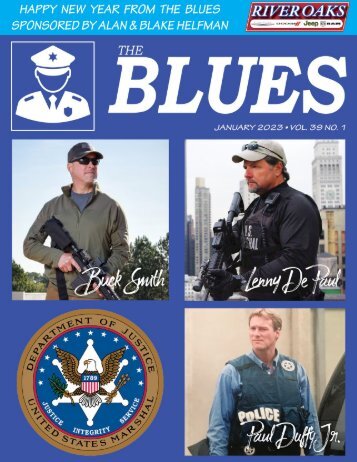

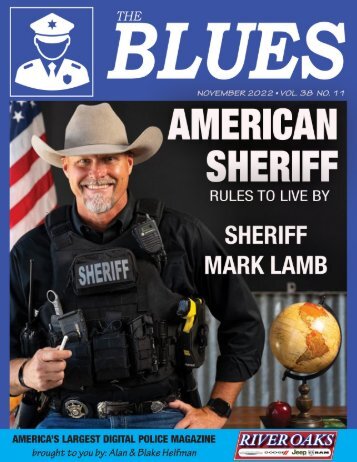
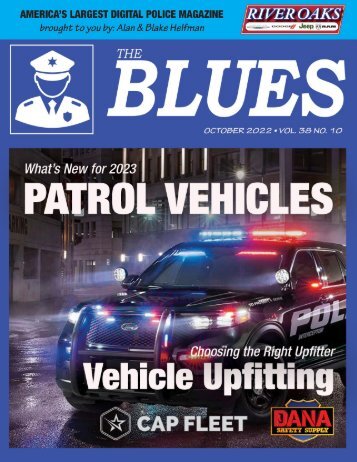
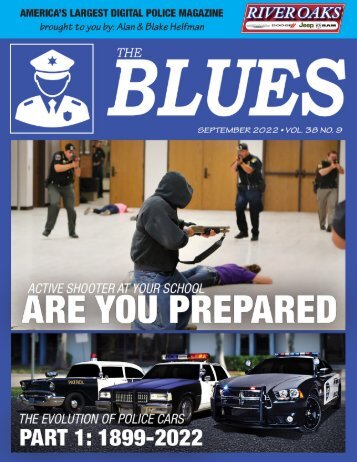
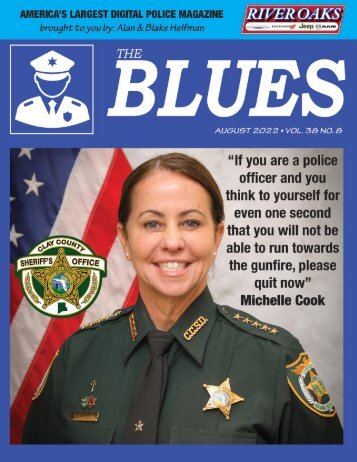

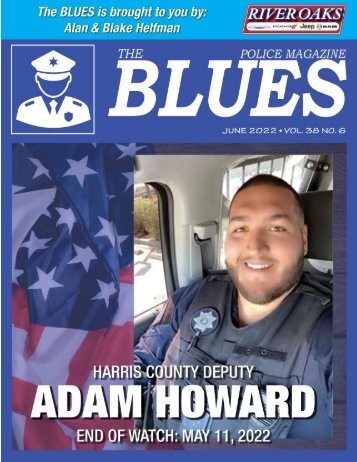
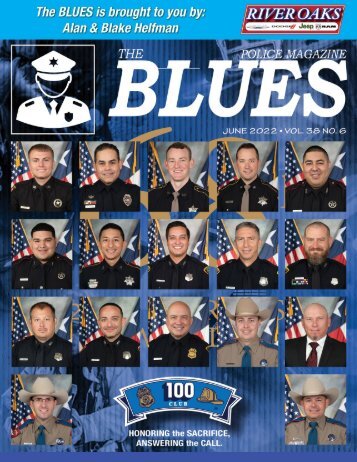
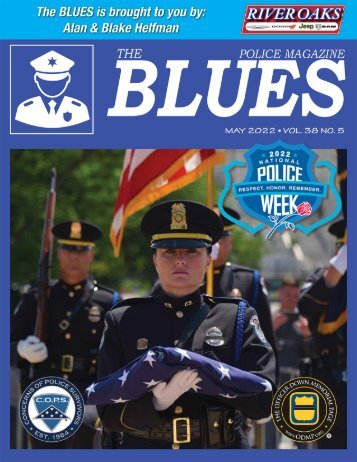
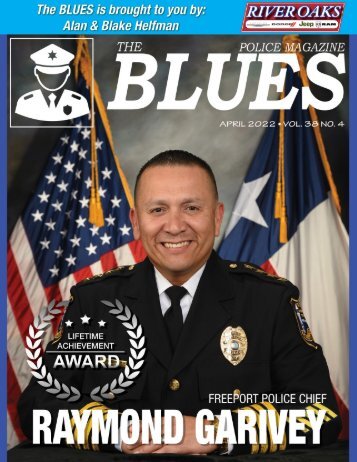
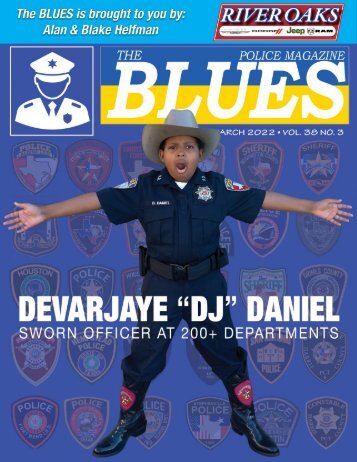
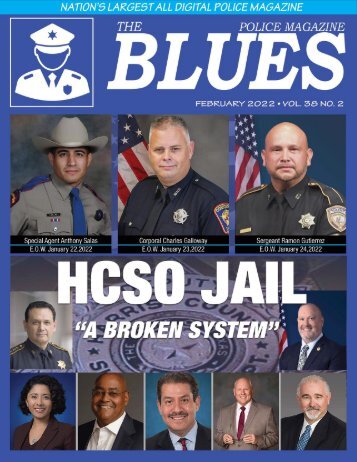
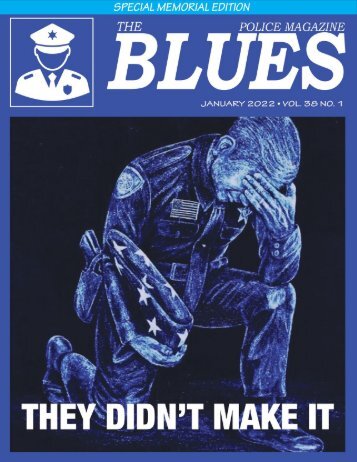
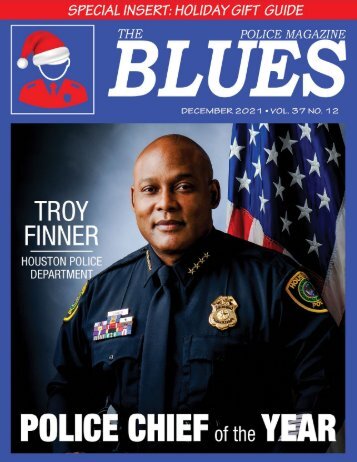

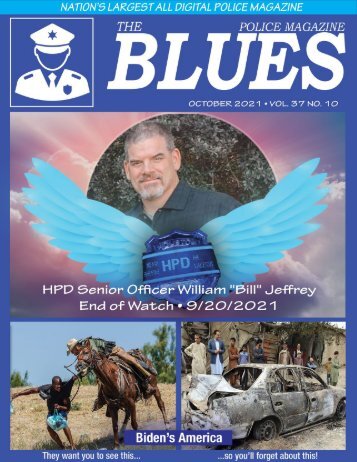
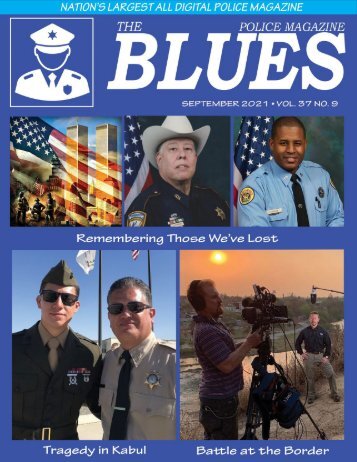

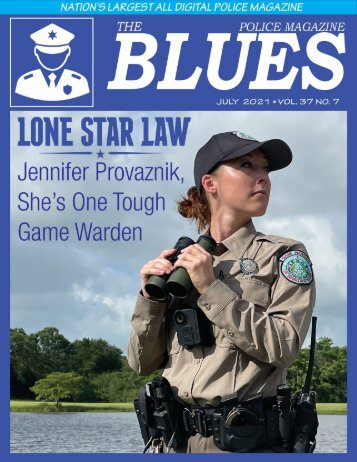

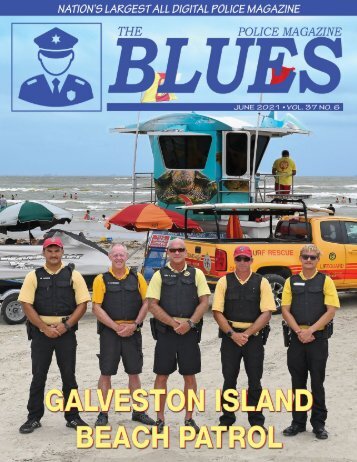

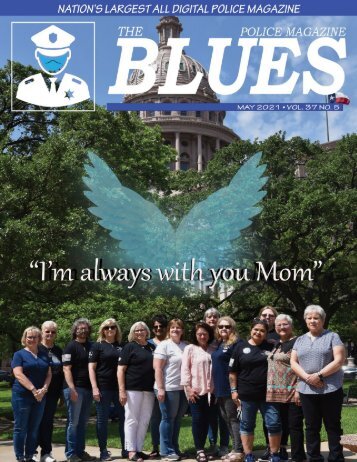
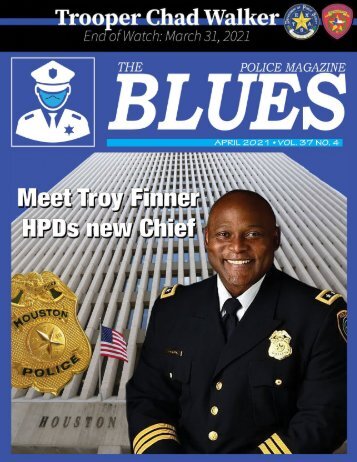
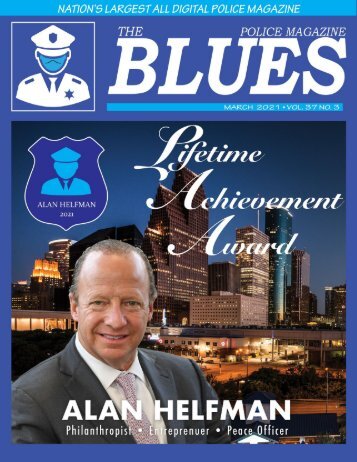
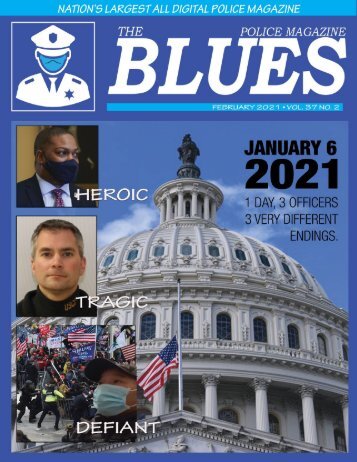


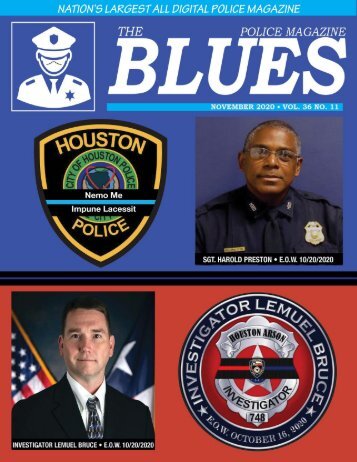


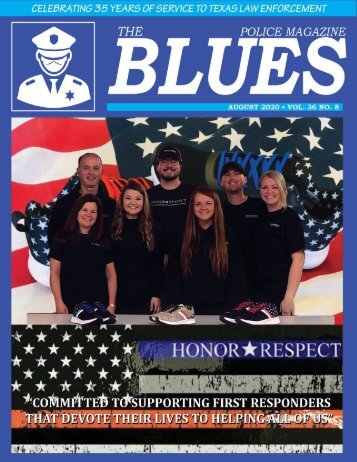
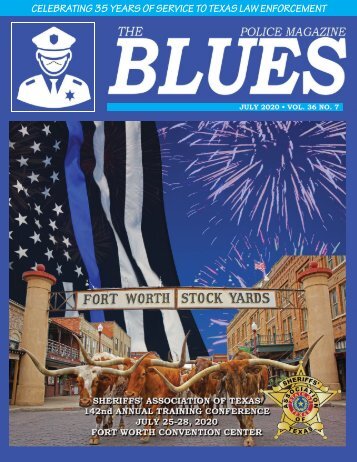
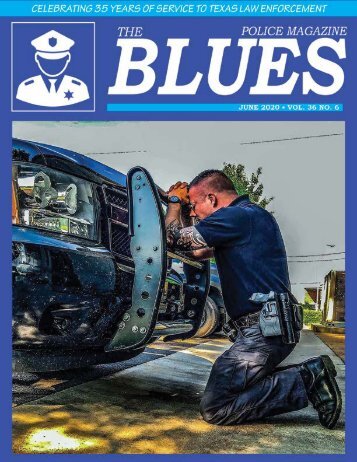
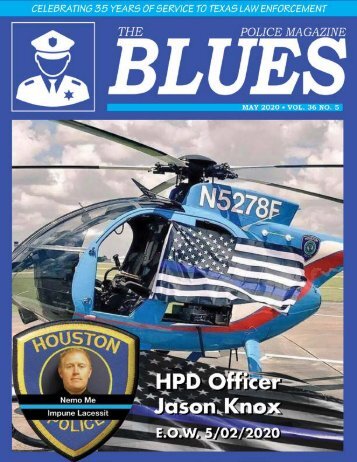
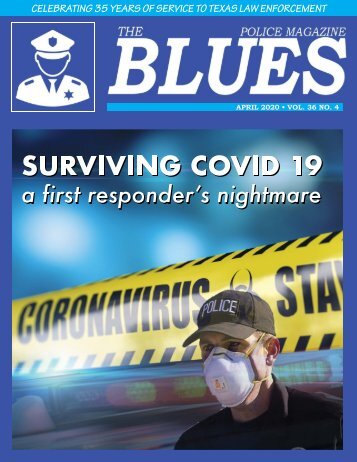

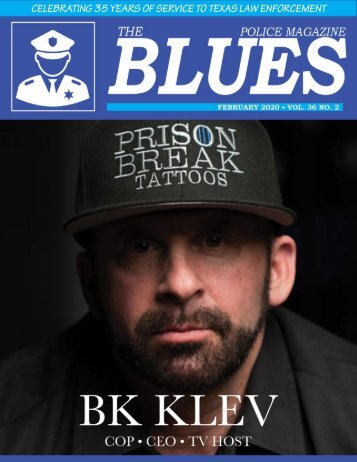
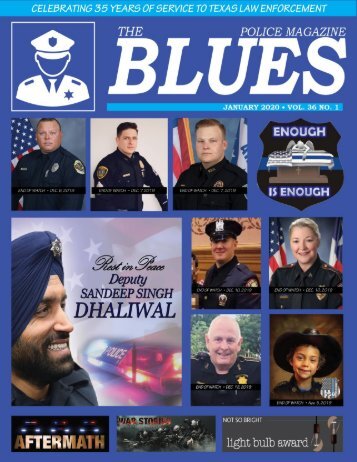
Follow Us
Facebook